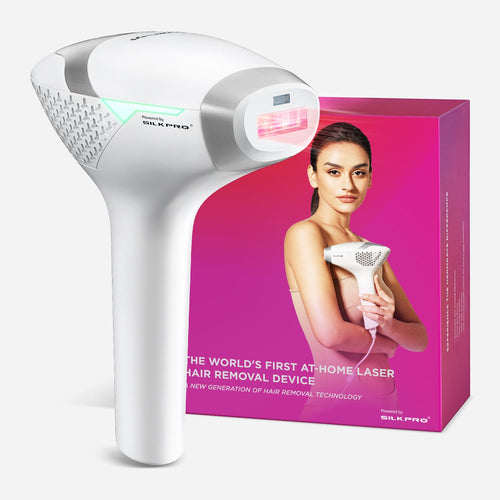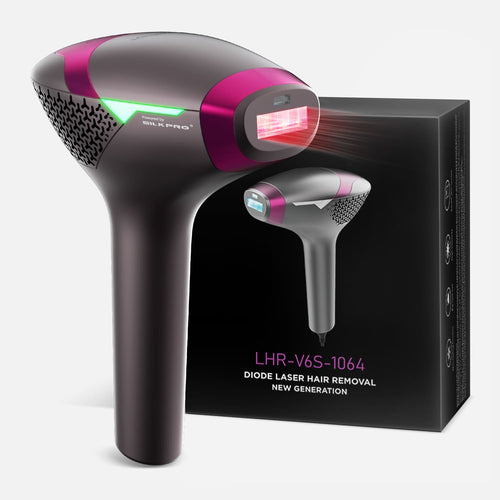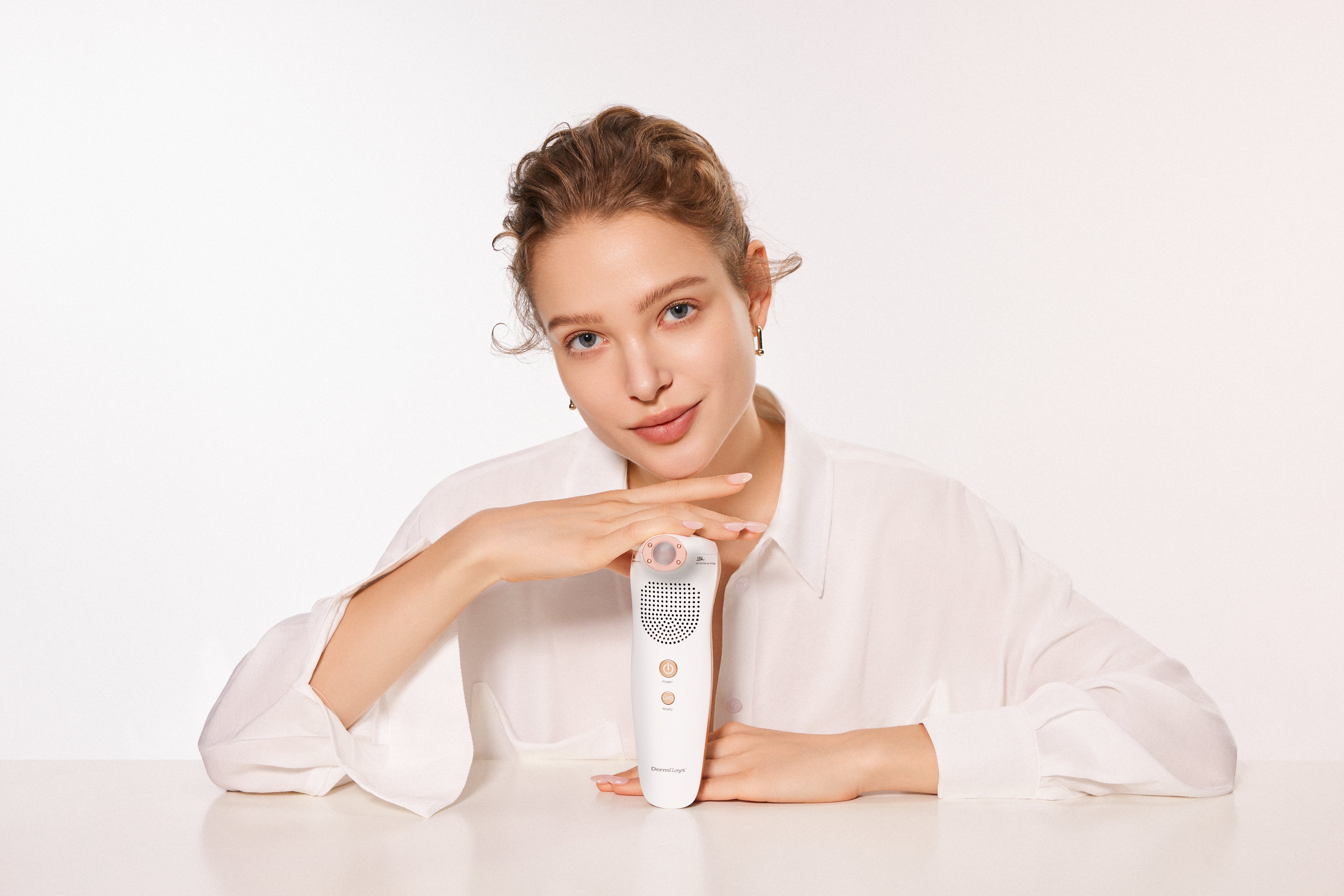Hair Color and Laser Interaction
Hair color, a genetic trait significantly influenced by the concentration of melanin, plays a pivotal role in the absorption of light during laser hair removal treatments. Traditional methods of laser hair removal have often struggled to effectively treat lighter hair colors, such as red and blonde, due to their lower melanin content. Melanin, the pigment responsible for giving hair and skin their color, serves as the target for laser treatments. The laser's light is absorbed by the melanin in the hair follicle, generating heat that disrupts the follicle's ability to grow new hair. Consequently, the efficacy of laser hair removal has historically been contingent upon the contrast between skin and hair color, with the best results observed in individuals with dark hair and light skin.
However, advancements in laser technology are bridging the gap for those with lighter hair colors. By refining and adapting the principle of selective photothermolysis, some lasers can now target hair follicles more effectively due to higher attraction to melanin. This technological evolution signifies a promising shift towards inclusivity in beauty and personal care, ensuring that the benefits of laser hair removal can be extended to a wider audience.
Melanin's Role in Technological Advancements
Melanin is not a one-size-fits-all pigment; it comes in two primary forms that significantly affect hair and skin color: eumelanin and pheomelanin. Eumelanin is responsible for darker hair shades, providing a strong, easily targetable contrast for traditional laser treatments. Pheomelanin, on the other hand, gives hair its red or blonde hue and has a lighter, more delicate presence that is harder for standard lasers to detect and target.
Eumelanin, with its darker coloration, readily absorbs the full spectrum of light wavelengths used in laser hair removal, making it an ideal target for the laser's energy. This absorption allows the laser to effectively generate heat within the hair follicle, leading to its destruction. Conversely, pheomelanin's lighter color reflects a significant portion of the laser's light, making it less susceptible to the thermal effects necessary for effective hair removal.
Advancements in laser technology have led to the development of devices specifically designed to overcome the challenges posed by pheomelanin's light absorption properties. These include lasers operating at specific wavelengths that are more readily absorbed by pheomelanin, such as the Alexandrite laser (755 nm) and the Nd:YAG laser (1064 nm). The Alexandrite laser is particularly effective for lighter skin tones, while the Nd: YAG laser offers safer options for darker skin, minimizing the risk of skin damage by focusing energy more directly into the hair follicle.
Innovations in pulse duration and frequency have also played a crucial role in improving the efficacy of laser treatments for red and blonde hair. Shorter pulse durations allow for a more focused delivery of energy, which can be more effectively absorbed by the pheomelanin without causing excessive heat damage to the surrounding skin. This targeted approach ensures that the heat is confined to the hair follicle, increasing the likelihood of successful hair removal without compromising skin safety.
Setting Realistic Expectations
Understanding the process and outcomes of laser hair removal, especially for red and blonde hair, requires dispelling prevalent myths and setting accurate expectations based on scientific facts. Those contemplating laser hair removal should be aware of the following crucial aspects:
1. Misconceptions vs. Reality: Despite that there are now suitable options for less pigmented hair, the success of the procedure still depends on individual hair growth patterns and specific concentrations of melanin in both hair and skin. People with red or blond hair will still have to assess, as any other user of laser devices, the frequency of the treatment and intensity of the laser. Therefore, a home, compact laser device might be a great option to make this process more personalised.
2. Procedure frequency: As mentioned, consistent and correct use of laser hair removal devices is vital. Inconsistencies in treatment or improper usage can lead to suboptimal results, making it imperative to follow the guidelines provided with your device closely.
Setting realistic expectations means recognizing that while laser hair removal can offer significant hair reduction, a universal outcome is not guaranteed. Personalizing your approach and understanding the unique interplay of technology with your individual characteristics will enhance your experience and satisfaction with the process.

In conclusion, advancements in laser hair removal technology have significantly increased the efficacy of treatments for individuals with red and blonde hair. Understanding the role of melanin and the principle of selective photothermolysis has been crucial in developing devices capable of targeting lighter pigments. Despite these technological strides, setting realistic expectations remains essential. As the field continues to evolve, potential users are encouraged to research and select devices that are specifically designed or proven effective for lighter hair shades, promising a future where more inclusive and effective solutions are available.











Leave a comment
All comments are moderated before being published.
This site is protected by hCaptcha and the hCaptcha Privacy Policy and Terms of Service apply.